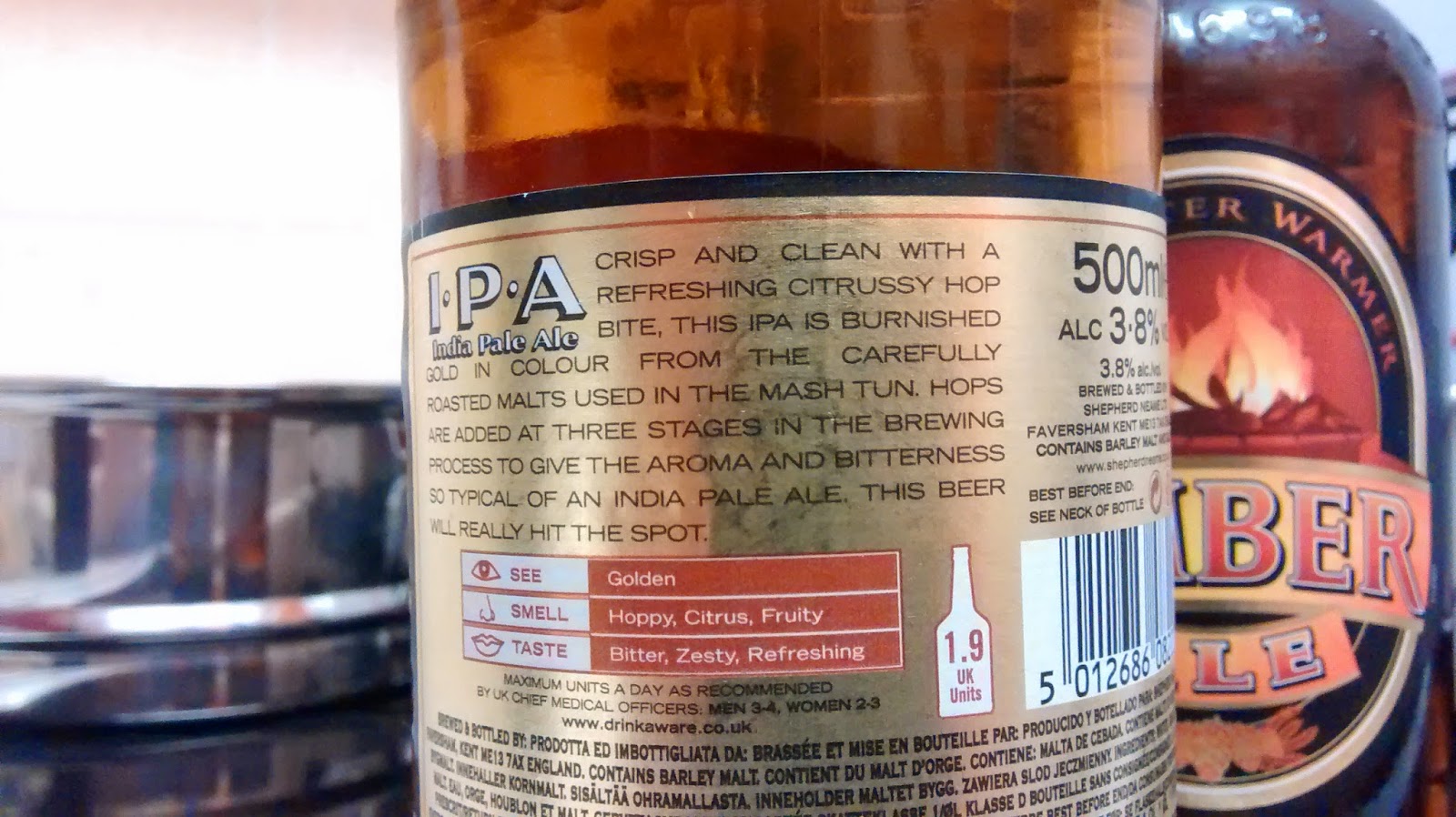There is a
point as we move out of winter, almost universally recognised as “the first day
of spring”. I am not talking about the calendrical or meterological event, or
even the equinox, but a day when sunshine, air, temperature, the general
humours of the season come alive. Plants become conspicuous in their shoots,
buds and growth. I have long called this shift of gears The Quickening. In his metaphysical poem The Metamorphosis of
Plants, Goethe makes minute observations of plants and the energetics of their
growth and development. In the Gordon Miller version of the book, this is
accompanied by sublime macro photography. To Goethe, the life force, or Proteus
of the organism was a palpable energy which lay behind its physical form as an
archetype. The world of nature we actually see is an expression of the Proteus
in the real world, a bit like when the energy of the ocean crashes on the shore
as waves. I have put together some of the wonderful photography of Karl
Blossfeldt with Goethe’s Metamorphosis of Plants. If you read it at all, do so
meditatively. Again, you will see the Proteus (the idea, intention, or energy
of the Master) emerge from behind the lines of text. So is nature.
The
Metamorphosis of Plants
(Goethe
poem)
The
rich profusion thee confounds, my love,
0f
flowers, spread athwart the garden. Aye,
Name
upon name assails thy ears, and each
More
barbarous-sounding than the one before—
Like
unto each the form, yet none alike;
And
so the choir hints a secret law,
A
sacred mystery. Ah, love could I vouchsafe
In
sweet felicity a simple answer!
Gaze
on them as they grow, see how the plant
Burgeons
by stages into flower and fruit,
Bursts
from the seed so soon as fertile earth
Sends
it to life from her sweet bosom, and
Commends
the unfolding of the delicate leaf
To
the sacred goad of ever-moving light!
Asleep
within the seed the power lies,
Foreshadowed
pattern, folded in the shell,
Root,
leaf, and germ, pale and half-formed.
The
nub of tranquil life, kept safe and dry,
Swells upward, trusting to the gentle dew,
Soaring apace from out the enfolding night.
Artless the shape that first bursts into light—
The plant-child, like unto the human kind—
Sends forth its rising shoot that gathers limb
To limb, itself repeating, recreating,
In infinite variety; ’tis plain
To see, each leaf elaborates the last—
Serrated margins, scalloped fingers, spikes
That rested, webbed, within the nether organ—
At length attaining preordained fulfillment.
Oft the beholder marvels at the wealth
Of shape and structure shown in succulent surface—
The infinite freedom of the growing leaf.
Yet nature bids a halt; her mighty hands,
Gently directing even higher perfection,
Narrow the vessels, moderate the sap;
And soon the form exhibits subtle change.
The spreading fringes quietly withdraw,
Letting the leafless stalk rise up alone.
More delicate the stem that carries now
A wondrous growth. Enchanted is the eye.
In careful number or in wild profusion
Lesser leaf brethren circle here the core.
The crowded guardian chalice clasps the stem,
Soon to release the blazing topmost crown.
So nature glories in her highest growth,
Showing her endless forms in orderly array.
None but must marvel as the blossom stirs
Above the slender framework of its leaves.
Yet is this splendor but the heralding
0f new creation, as the many-hued petals
Now feel God’s hand and swiftly shrink. Twin forms
Spring forth, most delicate, destined for union.
In intimacy they stand, the tender pairs,
Displayed about the consecrated altar,
While Hymen hovers above. A swooning scent
Pervades the air, its savor carrying life.
Deep in the bosom of the swelling fruit
A germ begins to burgeon here and there,
As nature welds her ring of ageless power,
Joining another cycle to the last,
Flinging the chain unto the end of time—
The whole reflected in each separate part.
Turn now thine eyes again, love, to the teeming
Profusion. See its bafflement dispelled.
Each plant thee heralds now the iron laws.
In rising voices hear the flowers declaim;
And, once deciphered, the eternal law
Opens to thee, no matter what the guise—
Slow caterpillar or quick butterfly,
Let man himself the ordained image alter!
Ah, think thou also how from sweet acquaintance
The power of friendship grew within our hearts,
To ripen at long last to fruitful love!
Think how our tender sentiments, unfolding,
Took now this form, now that, in swift succession!
Rejoice the light of day! Love sanctified,
Strives for the highest fruit—to look at life
In the same light, that lovers may together
In harmony seek out the higher world!
Poetry: Johann Wolfgang von Goethe
North Utsire










































